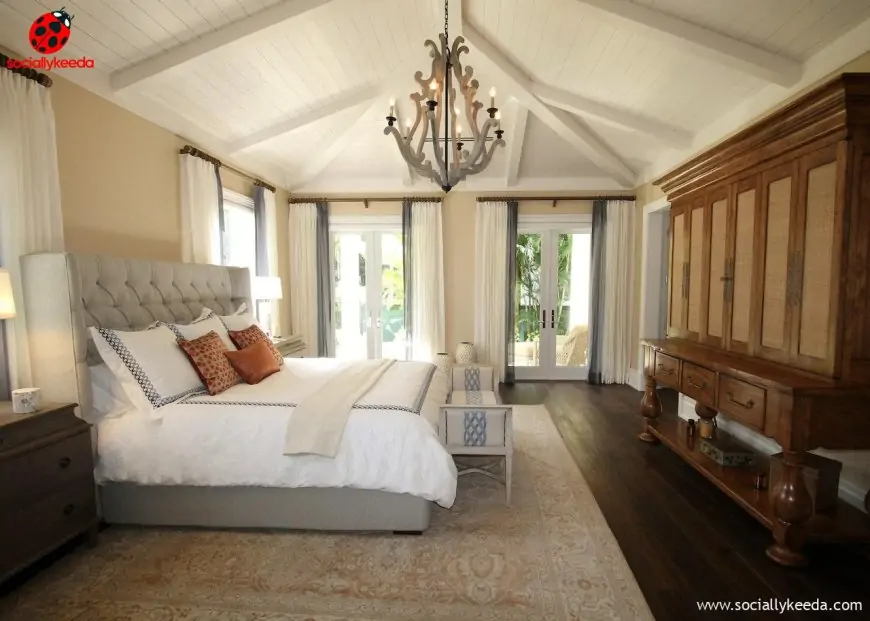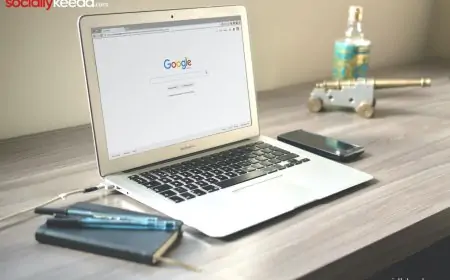If they are targeted and purposeful, event breakout sessions are useful tools in the conference planner's toolbox. Without a defined goal, they are at best time wasters and at worst sources of annoyance for both the participants and you. Investigate this detailed approach to create breakout sessions that your attendees will value and enjoy. There are techniques and suggestions for organizing and leading a breakout session, as well as workshop concepts for any event subject.
What is a breakout session?
Generally (but not always!) centered around the conference or event theme, a breakout session or breakout meeting is a workshop-style group exercise aimed at problem-solving. Compared to other things on the event schedule, these sessions are shorter. To present or discuss the workshop's findings with the entire group, breakout participants frequently re-join.
What characteristics define a successful event breakout session?
Breakout sessions at events may be both helpful and fun when they are relevant to the overall theme. This makes the topic pertinent to the audience. The most engaging breakout sessions at events have a participatory component that sets them apart from more passive conference moments like the keynote and panel discussions. Additionally, they have facilitators who know how to guide meetings and engage participants without being intrusive.
Tips for creating interesting breakout sessions
There isn't a standout breakout session setup that is superior to the others. The breakout's charm is in your capacity to customize it to your event's and audience's needs. Whether you're having a sizable conference or a more intimate seminar, there are workshop options for groups of all sizes. To create the greatest breakout alternatives for your event, use the following advice:
1. Use pre-event surveys to gather feedback from participants
Before the event, ask participants what kinds of experiences they would like, and then tailor the breakout alternatives to satisfy those desires. Find speakers, leaders, and facilitators to suit those requirements after gauging interest. Create your breakout programs using the information you have about the attendees. Sessions may be theme-specific, track-specific, or have no apparent connection to any one theme. Your audience must believe the sessions enhance the event.
2. Choose the appropriate breakout format
Find out first what the unique event requires for an effective session. Are you trying to boost engagement? The most effective format might be an interactive breakout workshop. Sharing statistics, case studies, and market trends might be more appropriate for a presentation-style event. Look for participatory activities that get participants moving, relaxing, or creating if the goal is to give people time to unwind.
3. Request early registration for breakout sessions from visitors.
Pre-registration guarantees you have the necessary resources, personnel, and facilities to host the sessions. Even less well-liked choices may become apparent and need to be changed, elevated, or removed from the program. Even though pre-registration is required, some attendees might nonetheless try to attend a session on the actual event day. Have a strategy for those who haven't registered; be ready with extra seating and resources, and think about the day-of registration to fill vacant seats.
4. Timing your breakouts wisely
Although it's crucial to keep on schedule, timing involves more than that. Your breakout sessions may suffer from low interest if they are scheduled too late in the day when attendees may be more concerned with leaving for the day. Early breakout group scheduling could result in lower registration numbers. Don't overdo it too; having too many sessions can result in attendees who are exhausted. Recognize when a session isn't best suited for a breakout-style format and decide whether networking opportunities or an additional break is the better choice.
5. Create seating that is compatible with the breakout format.
Different seating configurations have different effects on people. Design the seating arrangements for each session of the event using floor plan software. Adjust the design of each area to the type of meeting.
Collaboration is facilitated through collaborative seating, which can take the form of a square or U-shaped table configurations, semi-circular seats, cafe tables, or hybrid arrangements. For less engaging courses, theatre and lecture seating is preferable.
Avoid using tables at all for mobile sessions. Instead, substitute unusual seating options like bean bag chairs or BOSU Balls to encourage movement and creative thinking.
The seats are only one aspect of seating arrangements. You also need a suitable conference room and location. Instead of overwhelming, breakout rooms should inspire and engage.
6.Use technology to make breakout sessions more effective.
With the aid of technological tools, promote involvement and make it simpler to exchange ideas:
Real-time audience answers can be gathered and shown via live polling software. Use it to interact with participants, determine what they are most interested in learning, establish their experience levels through surveys, or gather statistics for later use.
With a throwable microphone, attendees can practice coordination and get moving.
Display workshop group notes on a large screen for full-group discussion and use them as a reference during the final presentation using a digital whiteboard app.
7. Select facilitators for breakout sessions who will lead without dominating
As they guide activities without interfering with the process, facilitators should offer assistance that is pertinent to the current issue. Although the session facilitator is acting in a leadership capacity, the goal is to promote independent ideation and problem-solving. The facilitator should encourage participants to think, as opposed to instructing them what to think.
Conclusion
By distributing post-event surveys to the participants, you may gauge interest, determine where you succeeded, and discover what pitfalls to look for next time. You can use these suggestions to make your next event's breakout plan more extensive and effective.


![[WATCH VIDEO] Sophie Rain and sister Sierra Rain as Black Spiderman goes viral [WATCH VIDEO] Sophie Rain and sister Sierra Rain as Black Spiderman goes viral](https://www.sociallykeeda.com/uploads/images/202403/image_140x98_660976c59cce0.webp)





![[FULL WATCH VIDEO] Will Levis And Gia Duddy Leak Video Viral On Social Media [FULL WATCH VIDEO] Will Levis And Gia Duddy Leak Video Viral On Social Media](https://www.sociallykeeda.com/uploads/images/202405/image_140x98_6651e7ae8038d.webp)


